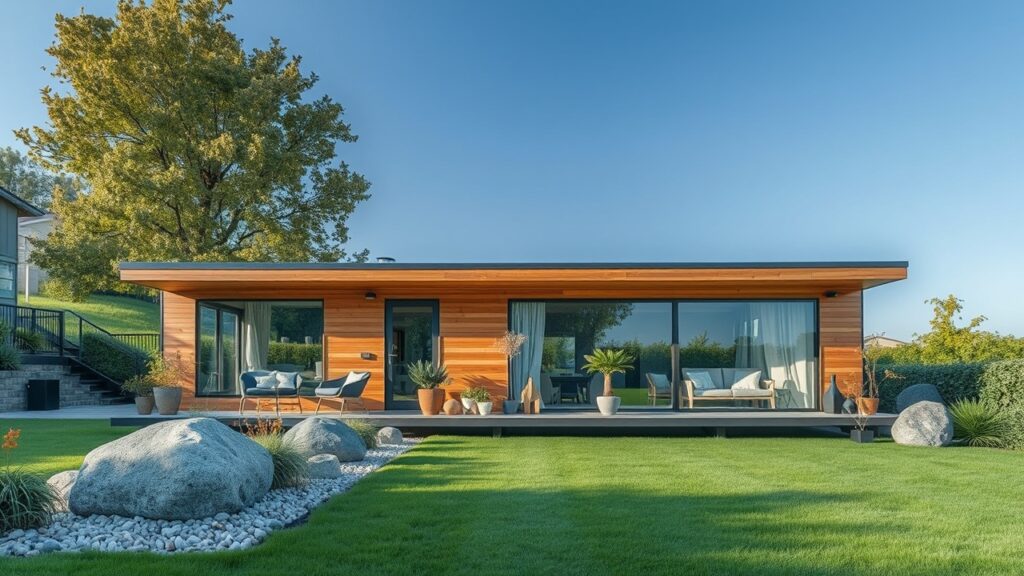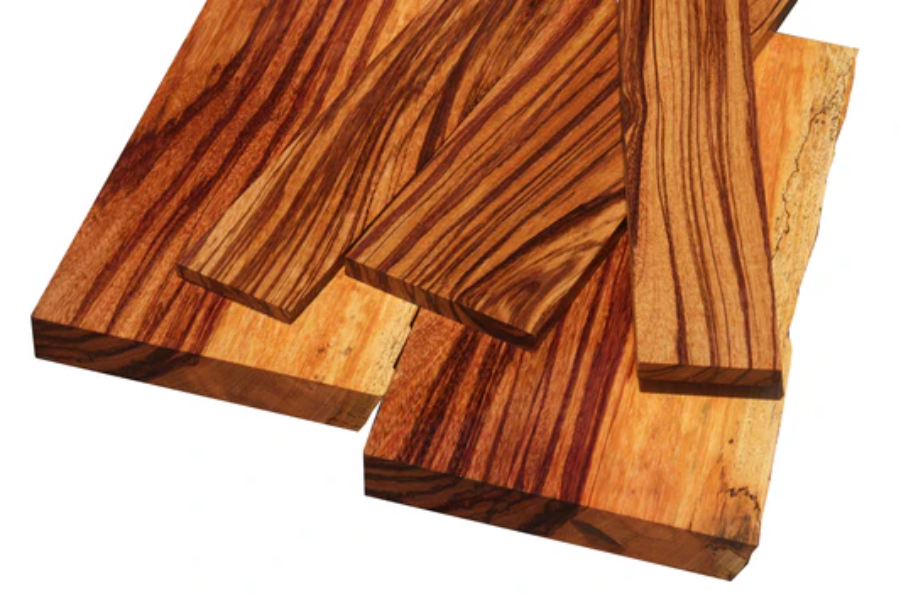As the world becomes more environmentally conscious, the roofing industry is also evolving to embrace sustainable practices. The future of sustainable roofing is bright, with innovations and trends that promise to reduce environmental impact while enhancing efficiency and aesthetics. These advancements are not only beneficial for the environment but also offer homeowners and businesses cost savings and improved building performance.
Innovative Materials
One of the most exciting developments in sustainable roofing is the use of innovative materials. Traditional roofing materials like asphalt shingles and metal roofing are being replaced with eco-friendly alternatives such as recycled rubber, solar tiles, and green roofs. Recycled rubber roofs, made from used tires, provide a durable and sustainable option that reduces landfill waste. Solar tiles, designed to look like conventional roofing materials, integrate seamlessly into the roof while generating electricity. Green roofs, which are covered with vegetation, offer benefits such as improved insulation, reduced stormwater runoff, and increased urban green space.
Additionally, materials like cool roofs, which are designed to reflect more sunlight and absorb less heat, are gaining popularity. These roofs help maintain lower indoor temperatures, reducing the need for air conditioning and lowering energy bills. Cool roofs are often made of reflective paint, sheet coverings, or highly reflective tiles or shingles.
Energy Efficiency
Energy-efficient roofing solutions are gaining popularity as they help in reducing energy consumption and costs. Cool roofs, which reflect more sunlight and absorb less heat, are an excellent example. These roofs help in maintaining cooler indoor temperatures, reducing the need for air conditioning. Additionally, incorporating insulation materials in roofing systems can significantly enhance energy efficiency. High-quality insulation reduces heat transfer, keeping buildings warmer in winter and cooler in summer.
Another innovative approach is the use of photovoltaic (PV) roofing systems. These systems incorporate solar panels into the roofing material, allowing buildings to generate their own electricity. This not only reduces reliance on the grid but also provides cost savings over time. Advances in PV technology have made these systems more efficient and affordable, encouraging wider adoption.
Smart Roofing Technologies
The integration of smart technologies in roofing is another trend shaping the future of the industry. Smart roofs equipped with sensors can monitor the condition of the roof, detect leaks, and even predict maintenance needs. This proactive approach to roof management can extend the lifespan of roofing systems and prevent costly repairs. For example, moisture sensors can detect water infiltration early, allowing for timely intervention before significant damage occurs.
Smart roofs can also be integrated with home automation systems, providing real-time data on energy performance and weather conditions. This information can be used to optimize energy usage and improve overall building efficiency. As technology continues to advance, the potential applications for smart roofing systems will expand, offering even greater benefits to homeowners and businesses.
Environmental Impact
Sustainable roofing not only benefits homeowners but also has a positive impact on the environment. By using eco-friendly materials and improving energy efficiency, the carbon footprint of buildings is reduced. Moreover, sustainable roofing practices contribute to better urban air quality and help in managing stormwater runoff through green roofs. Green roofs, in particular, can absorb rainwater, reduce the heat island effect in cities, and provide habitats for wildlife.
For those interested in exploring various roofing materials and supplies, ERoofing offers a wide range of options to suit different needs and preferences. Their commitment to quality and sustainability makes them a reliable choice for roofing solutions. ERoofing provides detailed information and support to help customers make informed decisions about their roofing projects.
Future Trends
Looking ahead, the trend towards sustainability in roofing is expected to grow. Innovations such as bio-based roofing materials, advanced solar roofing systems, and enhanced recycling processes for roofing materials are on the horizon. Bio-based materials, derived from natural sources like plants and algae, offer a renewable alternative to traditional roofing materials. Advanced solar systems, including flexible solar panels and building-integrated photovoltaics (BIPV), will make it easier to incorporate solar power into various building designs.
Enhanced recycling processes aim to reduce the environmental impact of roofing waste. New techniques are being developed to recycle old roofing materials into new products, minimizing landfill waste and conserving resources. These advancements will not only make roofing more sustainable but also more cost-effective and accessible to a broader audience.
Conclusion
In conclusion, the future of sustainable roofing is promising, with numerous innovations and trends driving the industry towards eco-friendliness and efficiency. Homeowners and builders alike should stay informed about these developments to make environmentally responsible choices. By embracing sustainable roofing practices, we can reduce our environmental impact, lower energy costs, and create healthier living environments for future generations.










